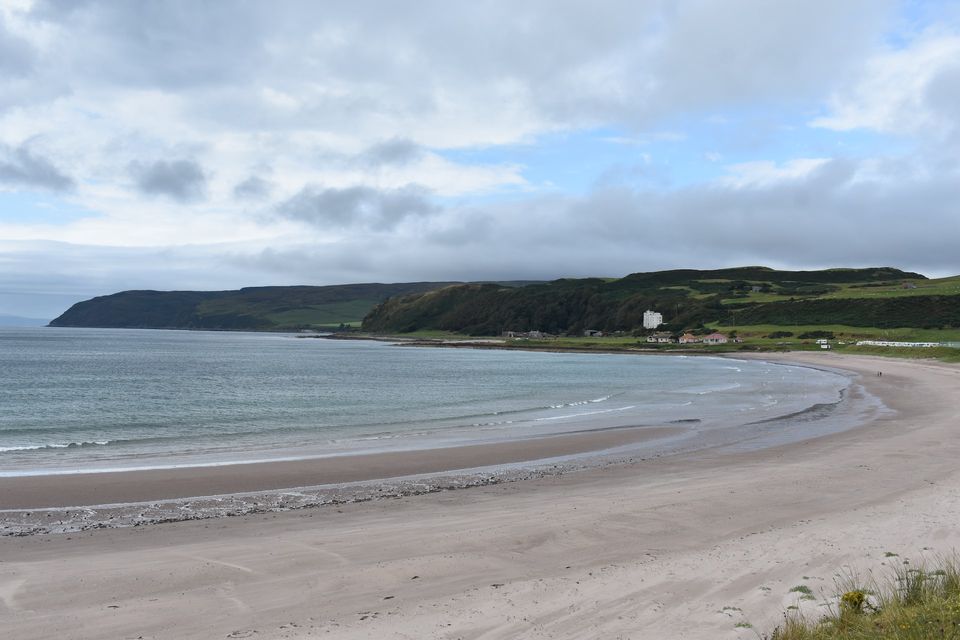Whisky regions in Scotland - Campbeltown

This article is part of our series on whisky regions in Scotland.
Scotland is home to the following whisky regions: Campbeltown, Highland, Islay, Lowland, and Speyside. Some of these regions (such as Islay) have quite distinctive flavours, while others (such as Highland) offer a varied range of flavours.
About Campbeltown
Campbeltown is situated on the Kintyre peninsula. It is the smallest whisky region in Scotland. Although the region offers various whisky styles, you can often detect a 'Campbeltown flavour' - due to the coastal location, there is a certain saltiness.
A long time ago, Campbeltown used to be called 'the whisky capital of the world'. It used to have over 30 distilleries. Nowadays, only three remain. These are Glengyle, Glen Scotia, and Springbank.
I'll share a little bit about these three distilleries.
Glengyle
The Glengyle distillery has been around since 1872. It was established by a farmer named William Mitchell, and has changed hands several times over the years. It also fell into disuse somewhere along the way.
It was revived in the early 2000s, and is thriving today, back in the ownership of the Mitchell family.
If you see the word 'Kilkerran' on a bottle of single malt whisky, know that this is a Glengyle whisky. Kilkerran is the name under which Glengyle whiskies are bottled. This is to avoid confusion with another whisky called Glengyle, which is not from the Glengyle distillery.
I recommend the Kilkerran Single Malt. It's not always easy to get hold of, but well worth it when you find it.
Glen Scotia
The Glen Scotia distillery has also been around a while. It was established in 1832.
You may sometimes hear it being referred to as 'The Scotia' or 'Old Scotia'.
The distillery began life as 'Scotia'. After a dormant period, it was revived by new owners, and renamed 'Glen Scotia'.
Notable Glen Scotia whiskies include the Campbeltown Harbour Single Malt Whisky and the Glen Scotia Victoriana Cask Strength. I like both these whiskies, but the Glen Scotia Victoriana Cask Strength is in a class of its own. It's a strong one (54.2% ABV), with a compelling charred oak flavour.
Springbank
This distillery has been around since 1828, and has changed hands a few times. After the first sale, subsequent ownership changes have generally revolved around the same family. This happens to be the Mitchell family, owners also of the Glengyle distillery.
Springbank is the only distillery in Scotland that carries out each and every step of the whisky-making process at one site. The normal practice is for a distillery to carry out some steps itself, and contract out the rest to other parties.
Notable Springbank single malts include Hazelburn, Longrow, and Springbank. Longrow itself is named after a Campbeltown distillery that has long since closed. I am a big fan of the Longrow Peated. Despite the heavy smoky taste, you get rich, fruity notes.
Each of these distilleries offers something different, but all Campbeltown whiskies have a distinct, 'coastal' flavour. You almost know a Campbeltown whisky when you taste it.
After a heady period at the top of the whisky world, Campbeltown now has only three distilleries. Even so, they are a worthy symbol of the Campbeltown of old - a thriving, unique, and special place.